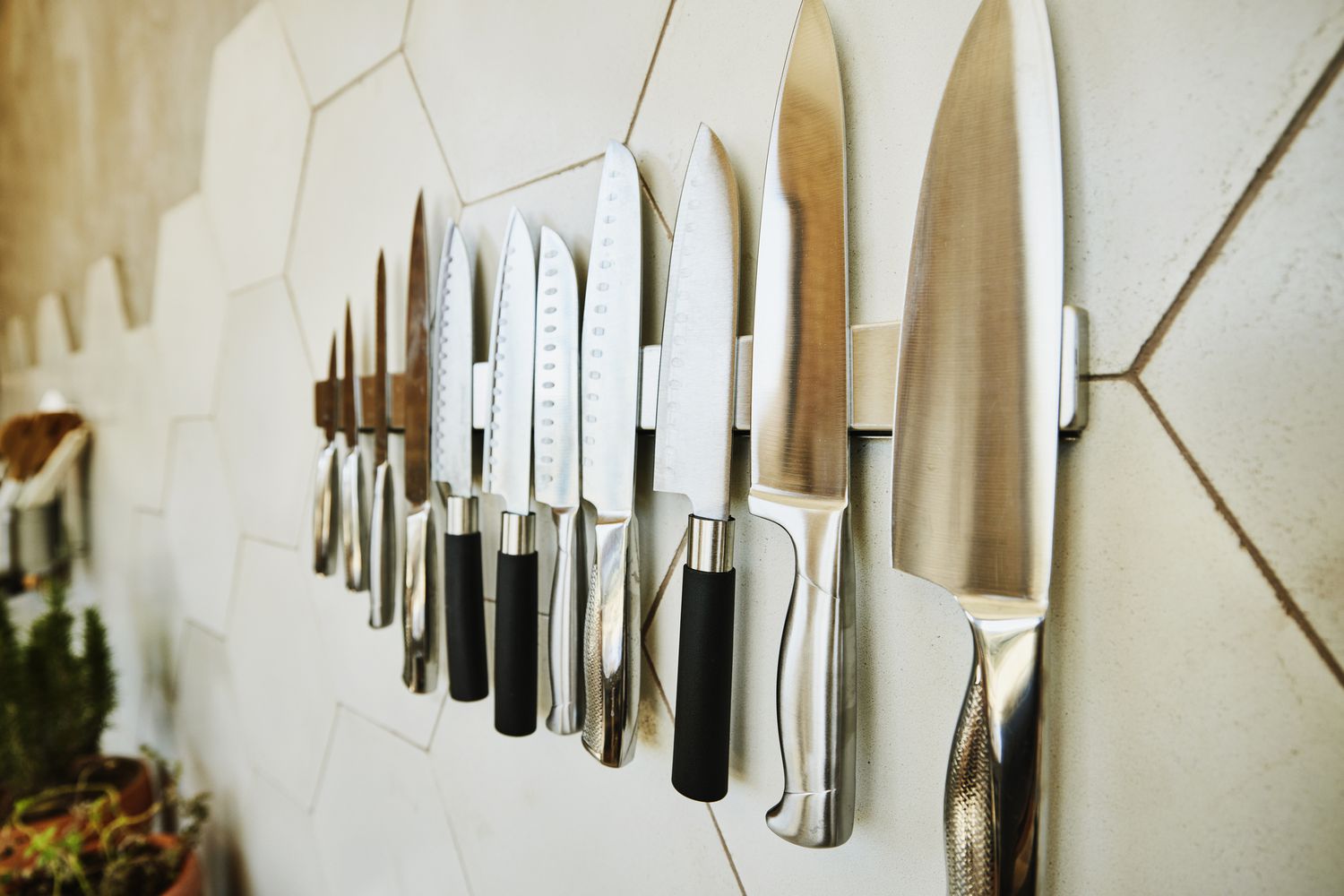

Articles
How To Store Chef Knife
Modified: August 26, 2024
Learn how to properly store chef knives in this informative article. Discover the best practices to keep your knives in top condition and extend their lifespan.
(Many of the links in this article redirect to a specific reviewed product. Your purchase of these products through affiliate links helps to generate commission for Storables.com, at no extra cost. Learn more)
Introduction
When it comes to knives, especially chef knives, proper storage is essential to maintain their sharpness, longevity, and most importantly, your safety. Without the right storage method, your beloved chef knife could dull quickly, become prone to damage, or worse, pose a risk to you or others in your kitchen.
Choosing the right storage method for your chef knife depends on various factors, including space availability, personal preference, and the overall aesthetic appeal you desire in your kitchen. In this article, we will explore five popular storage options for your chef knife, along with some helpful tips on proper knife placement and storage techniques.
Before we dive into the specifics, it’s worth noting that regardless of the storage method you choose, there are a few general rules to follow:
- Always clean and dry your knife thoroughly before storing it. This prevents moisture from causing rust or corrosion.
- Avoid placing your knife in a crowded drawer or container where it can come into contact with other utensils, as this can lead to chips or dullness.
- Handle your knife with care when removing it from storage to prevent accidental cuts.
Now, let’s explore the various options available for storing your chef knife and their respective benefits:
Key Takeaways:
- Proper knife storage is crucial for maintaining sharpness, safety, and longevity. Consider convenience, space-saving, and protection when choosing a storage method for your chef knives.
- Whether it’s a knife block, magnetic strip, drawer, bag, or sheath, handle your knives with care, keep them protected, and maintain their sharpness for a safe and enjoyable cooking experience.
Choosing the Right Storage Method
When selecting a storage method for your chef knife, it’s important to consider factors such as convenience, accessibility, and overall kitchen aesthetics. Let’s explore the pros and cons of five popular storage options:
Option 1: Knife Block
A knife block is a traditional and popular choice for storing chef knives. It consists of a wooden or plastic block with slots that securely hold each knife in place. The main advantage of a knife block is its convenience – your knives are always within reach, making it easy to grab the right one for the task at hand. Additionally, a knife block helps protect your knife blades from damage. However, keep in mind that a knife block takes up valuable counter space and may not be suitable for those with limited kitchen space.
Option 2: Magnetic Strip
A magnetic strip is a sleek and modern storage solution that allows you to showcase your chef knives. It consists of a strip, usually made of stainless steel, that is mounted on the wall. The knives adhere to the strip due to their magnetic properties. The primary advantage of a magnetic strip is its space-saving design, as it eliminates the need for a bulky knife block or drawer. Additionally, the knives are easily accessible and can be displayed as a stylish kitchen decor element. However, it’s crucial to ensure that the magnetic strip is securely mounted and that the knives are placed properly to prevent accidents.
Option 3: Knife Drawer
If you prefer to keep your chef knives hidden from sight, a knife drawer might be the right option for you. Many kitchen cabinets feature built-in knife drawers with angled slots to securely hold the blades. This storage method keeps your knives organized and protected, and it doesn’t require any additional counter or wall space. However, it’s important to handle the knives carefully when retrieving them from the drawer to avoid accidental cuts or damage to the blades.
Read more: How To Sharpen Knife With Sandpaper
Option 4: Knife Bag or Roll
A knife bag or roll is an excellent storage solution for chefs or culinary enthusiasts who need to transport their knives. These bags are typically made of durable materials such as canvas or leather and feature individual compartments for each knife. They can be rolled or folded and have straps for secure closure. The main advantage of a knife bag or roll is its portability and compact design. It allows you to carry your knives safely to culinary events, outdoor gatherings, or even on camping trips. However, keep in mind that this storage method doesn’t provide as much protection as a knife block or drawer, so it’s essential to handle the knives with care and avoid any potential impact or damage.
Option 1: Knife Block
A knife block is a classic and widely used storage method for chef knives. It consists of a sturdy block, usually made of wood or plastic, with slots that hold the knives in place. Knife blocks come in various sizes and styles, making them a versatile choice for any kitchen.
One of the major advantages of using a knife block is its convenience. With the knives securely placed in designated slots, they are always within easy reach. This makes it quick and effortless to select the right knife for the task at hand, ensuring efficient and enjoyable cooking experiences.
Another benefit of a knife block is that it helps protect the blades from damage. The slots hold the knives upright and separate them, preventing them from rubbing against each other. This minimizes the risk of blade chipping or dulling, allowing your knives to maintain their optimal sharpness for longer periods.
Additionally, knife blocks can be a visually appealing addition to your kitchen countertop. They come in a variety of finishes, including natural wood, stainless steel, or modern acrylic designs. You can choose a style that complements your kitchen decor, adding a touch of elegance or contemporary flair to your culinary space.
However, it is worth considering that knife blocks do take up counter space. If you have limited space in your kitchen, this storage option may not be the most practical choice. Additionally, it’s important to clean the knife block regularly to prevent any buildup of dirt or debris that could transfer to your knives.
When using a knife block, it’s essential to place the knives in the slots carefully. Ensure that the blades are fully inserted and that the handles are securely positioned. This not only keeps the knives safe but also prevents any accidental contact with the sharp edges when reaching for a knife.
Overall, a knife block is a convenient, protective, and aesthetically pleasing storage method for your chef knives. Its ability to keep your knives readily accessible and in good condition makes it a popular choice among both professional chefs and home cooks.
Option 2: Magnetic Strip
If you’re looking for a modern and space-saving storage solution for your chef knives, a magnetic strip is an excellent option to consider. A magnetic strip is a long, thin strip typically made of stainless steel that is mounted on a wall or inside a cabinet.
The main advantage of using a magnetic strip is its ability to securely hold your knives in place through magnetism. The magnetic force allows the knives to adhere to the strip, keeping them within easy reach and neatly organized. This not only saves valuable counter space but also adds a sleek and stylish element to your kitchen. Many professional chefs opt for magnetic strips to showcase their collection of knives, creating a visually appealing display.
In addition to their space-saving design, magnetic strips offer practicality and convenience. The knives are easily accessible and can be quickly grabbed when needed, making meal preparation more efficient and enjoyable. Being able to see your knives at a glance also eliminates the need for rummaging through drawers or knife blocks to find the right one, saving you time and frustration.
When installing a magnetic strip, it’s important to ensure that it is securely mounted. The strip should be firmly attached to the wall or cabinet, as the weight of the knives could cause it to come loose. Additionally, it’s crucial to position and arrange the knives properly on the strip to prevent any potential accidents. Ensure that the blades are facing downward and away from the edge of the strip, as this reduces the risk of accidental cuts when retrieving a knife.
While magnetic strips offer many benefits, it’s important to note that they may not be suitable for all types of knives. Magnetic strips work best with knives that have a high iron content, such as stainless steel knives. Knives made of ceramic or non-magnetic materials will not be attracted to the strip, rendering this storage option ineffective for those knives.
Overall, a magnetic strip provides a sleek, space-saving, and convenient storage solution for your chef knives. Its ability to securely hold your knives while prominently displaying them in your kitchen makes it a popular choice for those who want a modern and efficient way to store their knives.
Option 3: Knife Drawer
For those who value a clean and uncluttered kitchen aesthetic or prefer to keep their knives out of sight, a knife drawer is an excellent storage option. Many kitchen cabinets feature built-in knife drawers specifically designed to keep your chef knives organized and protected.
One of the primary advantages of a knife drawer is its ability to maximize space and keep your knives conveniently close to your cooking area. The knives are stored horizontally in angled slots, keeping them secure and preventing them from sliding around. This ensures that you have easy access to your knives whenever you need them, without the need to clutter your countertop or search through a knife block.
By storing your knives in a drawer, you also protect the blades from potential damage caused by contact with other utensils or pan handles. This reduces the risk of chips, scratches, or dents, helping to preserve the sharpness and longevity of your chef knives.
When using a knife drawer, it’s essential to handle the knives with care to avoid accidental cuts or damage to the blades. Make sure to insert and remove the knives gently, taking care not to bump or scrape them against the sides of the drawer.
Another benefit of a knife drawer is its ability to keep your kitchen countertops clear and organized. Without a knife block or magnetic strip taking up valuable space, you have more room for other cooking essentials or food preparation activities. This can contribute to a more efficient and enjoyable cooking experience.
However, it’s important to note that knife drawers require proper organization and placement of the knives to ensure safety. Each knife should have its designated slot, and the blades should face downward to minimize the risk of accidental cuts. By observing these precautions, you can safely use a knife drawer while keeping your blades in optimal condition.
Overall, a knife drawer offers a practical and hidden storage solution for your chef knives. It keeps your kitchen countertops clear, protects your blades from damage, and provides easy access to your knives whenever you need them. If you value a clutter-free kitchen and want to maintain the sharpness and longevity of your knives, a knife drawer may be the ideal storage method for you.
Option 4: Knife Bag or Roll
If you are a chef on the go or frequently need to transport your chef knives, a knife bag or roll is a versatile and practical storage solution. A knife bag or roll is a compact case made of durable materials like canvas or leather, designed to securely hold and protect your knives during transport.
One of the main advantages of a knife bag or roll is its portability. The compact and lightweight design of these storage options allows you to easily carry your knives to culinary events, outdoor gatherings, or even on camping trips. They often come with handles or straps for secure closure, making it convenient to transport your knives safely.
A knife bag or roll typically features individual compartments or slots for each knife, preventing them from coming into contact with one another. This separation reduces the risk of blade damage, such as chipping or dulling, while also ensuring that the knives remain securely in place during transport.
Another benefit of a knife bag or roll is its versatility. These storage solutions usually have additional pockets or compartments where you can store other kitchen tools or accessories, such as sharpening stones, spatulas, or tongs. This makes it a convenient all-in-one solution for carrying your essential culinary equipment.
When using a knife bag or roll, it’s essential to handle your knives with care. Make sure to slide each knife into its designated slot, ensuring that the blade is protected and securely held in place. It’s also important to store the bag or roll in a safe location to avoid any potential impacts or damage to the knives.
It’s worth noting that a knife bag or roll does not provide the same level of protection as a knife block or drawer. While they offer portability and convenience, they may not offer the same level of blade security or protection from external elements. Therefore, it’s crucial to handle the knives with care and avoid any potential impact or damage while using a knife bag or roll.
Overall, a knife bag or roll is a practical and portable storage solution for chefs or culinary enthusiasts who need to transport their knives. Its compact design, individual compartments, and additional storage space make it a versatile option for keeping your knives safe and organized while on the move.
Option 5: Knife Guard or Sheath
For those who want a simple and cost-effective storage solution that provides protection and versatility, a knife guard or sheath is an excellent choice. A knife guard or sheath is a protective cover that fits over the blade of the knife, offering a shield against damage and ensuring safe storage and transport.
One of the main advantages of using a knife guard or sheath is its ability to protect the blade from scratches, dents, and other forms of damage. The guard or sheath acts as a barrier, preventing the blade from coming into contact with other objects or surfaces. This helps to maintain the sharpness and longevity of the knife, ensuring that it is always ready for use.
Another benefit of a knife guard or sheath is its versatility. These covers are typically available in various sizes to accommodate different knife lengths and shapes. This means that you can find a guard or sheath that fits snugly over your specific chef knife, ensuring a secure fit and protection. Some guards or sheaths even come with additional features, such as blade locks or magnetic elements, to provide added security and stability.
A knife guard or sheath is also a great storage option for those with limited kitchen space. Unlike a knife block or magnetic strip, which can take up valuable counter space, a guard or sheath can easily be stored in a drawer or hung on a wall hook. This allows you to keep your knives safely stored away while maximizing your available kitchen space.
When using a knife guard or sheath, it’s important to handle the knife with caution. Always ensure that the blade is fully inserted into the sheath or guard, and that it is placed in a safe location where it won’t accidentally come into contact with other objects or individuals.
It’s worth noting that a knife guard or sheath may not offer the same level of accessibility as other storage options. If you need to quickly access your knives during food preparation, a knife guard or sheath may require an extra step to remove it before use. However, the added protection and versatility make it a worthwhile trade-off for those who prioritize the safety and longevity of their blades.
Overall, a knife guard or sheath is a simple yet effective storage solution for protecting your chef knives. Whether you just need a cover for safe storage or require a portable option for transporting your knives, a guard or sheath offers versatility, protection, and space-saving benefits.
Proper Knife Placement and Storage Tips
Proper knife placement and storage techniques are crucial for maintaining the sharpness, safety, and longevity of your chef knives. Here are some tips to ensure your knives are stored correctly:
1. Keep the blades protected:
Whether you’re using a knife block, magnetic strip, drawer, bag, or sheath, make sure that the blades are fully covered or enclosed. This prevents accidental contact with the sharp edges and reduces the risk of cuts or injuries when retrieving the knives.
2. Avoid overcrowding:
When storing your knives, avoid overcrowding them in a drawer, bag, or block. Overcrowding can lead to blades rubbing against each other, causing chips or dullness. Ensure that the knives have enough space and are placed in a way that minimizes the chances of them coming into contact with one another.
3. Handle with care:
When removing or inserting knives from storage, always handle them with care. Avoid banging or scraping them against surfaces or other utensils, as this can cause damage to the blade. Instead, handle the knives gently and ensure a secure grip to prevent accidental slips or drops.
4. Clean and dry before storage:
Before storing your chef knives, it’s essential to clean and dry them thoroughly. Wash the blades with warm water and mild soap, taking care to remove any food particles or residue. Dry the knives completely with a clean towel to prevent moisture from causing rust or corrosion while in storage.
5. Regularly maintain and sharpen:
Maintaining the sharpness of your chef knives is crucial for their performance and longevity. Regularly sharpen your knives using a sharpening stone or other suitable sharpening tools. This not only ensures their cutting efficiency but also helps to prevent accidents caused by a dull blade.
Read more: Table Manners: How To Place A Knife
6. Store in a secure location:
Choose a storage location that is secure, preferably out of reach from children or pets. Whether it’s a high shelf, a locked drawer, or a designated knife block, ensure that your knives are stored in a place where they won’t be accidentally grabbed or knocked over.
7. Regularly clean and sanitize storage options:
Every so often, clean and sanitize your chosen storage option. Wipe down knife blocks or magnetic strips with a damp cloth, ensuring that any dirt or dust is removed. For knife bags or rolls, follow the manufacturer’s instructions for proper cleaning to maintain their hygiene.
By following these proper knife placement and storage tips, you can ensure that your chef knives are safely stored, readily accessible, and well-maintained for years to come.
Conclusion
Choosing the right storage method for your chef knives is essential for maintaining their sharpness, safety, and longevity. Whether you opt for a knife block, magnetic strip, knife drawer, knife bag or roll, or knife guard or sheath, each storage option has its own advantages and considerations.
Knife blocks provide convenient access to your knives and protect the blades from damage, but they can take up valuable counter space. Magnetic strips offer a sleek and space-saving design, allowing you to showcase your knives while keeping them easily accessible. Knife drawers keep your knives hidden and protected, making efficient use of space and keeping your countertops clutter-free. Knife bags or rolls are ideal for those on the go, providing portability and organization for transporting your knives safely. Knife guards or sheaths offer simple and cost-effective protection for your knives, ensuring safe storage and protection against damage.
Regardless of the storage method you choose, it’s important to handle your knives with care, clean and dry them before storage, and regularly maintain their sharpness. Proper knife placement and storage techniques help to prevent accidents, maintain a sharp edge, and prolong the lifespan of your chef knives.
Consider your kitchen space, personal preferences, and lifestyle when selecting the right storage option for your chef knives. Whether you prioritize convenience, space-saving, portability, or protection, there is a storage option that suits your needs.
Remember, proper knife storage is not only about maintaining the condition of your knives but also about ensuring your safety in the kitchen. By following the tips and considerations mentioned throughout this article, you can confidently store and protect your chef knives while enhancing your cooking experience.
Investing in the right storage method for your chef knives is a worthwhile decision that will benefit you in the long run. So go ahead, select the storage option that best suits your needs, and enjoy the convenient and safe use of your chef knives for many delicious meals to come.
Frequently Asked Questions about How To Store Chef Knife
Was this page helpful?
At Storables.com, we guarantee accurate and reliable information. Our content, validated by Expert Board Contributors, is crafted following stringent Editorial Policies. We're committed to providing you with well-researched, expert-backed insights for all your informational needs.
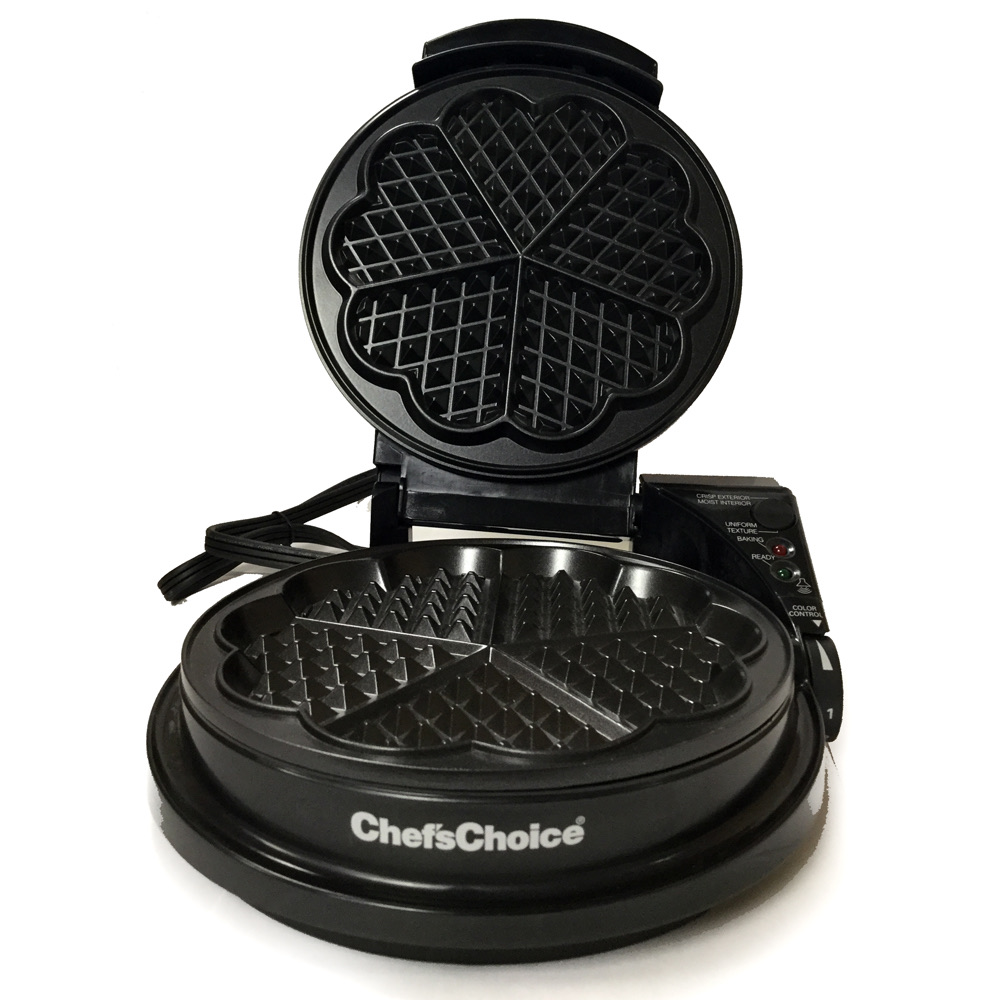
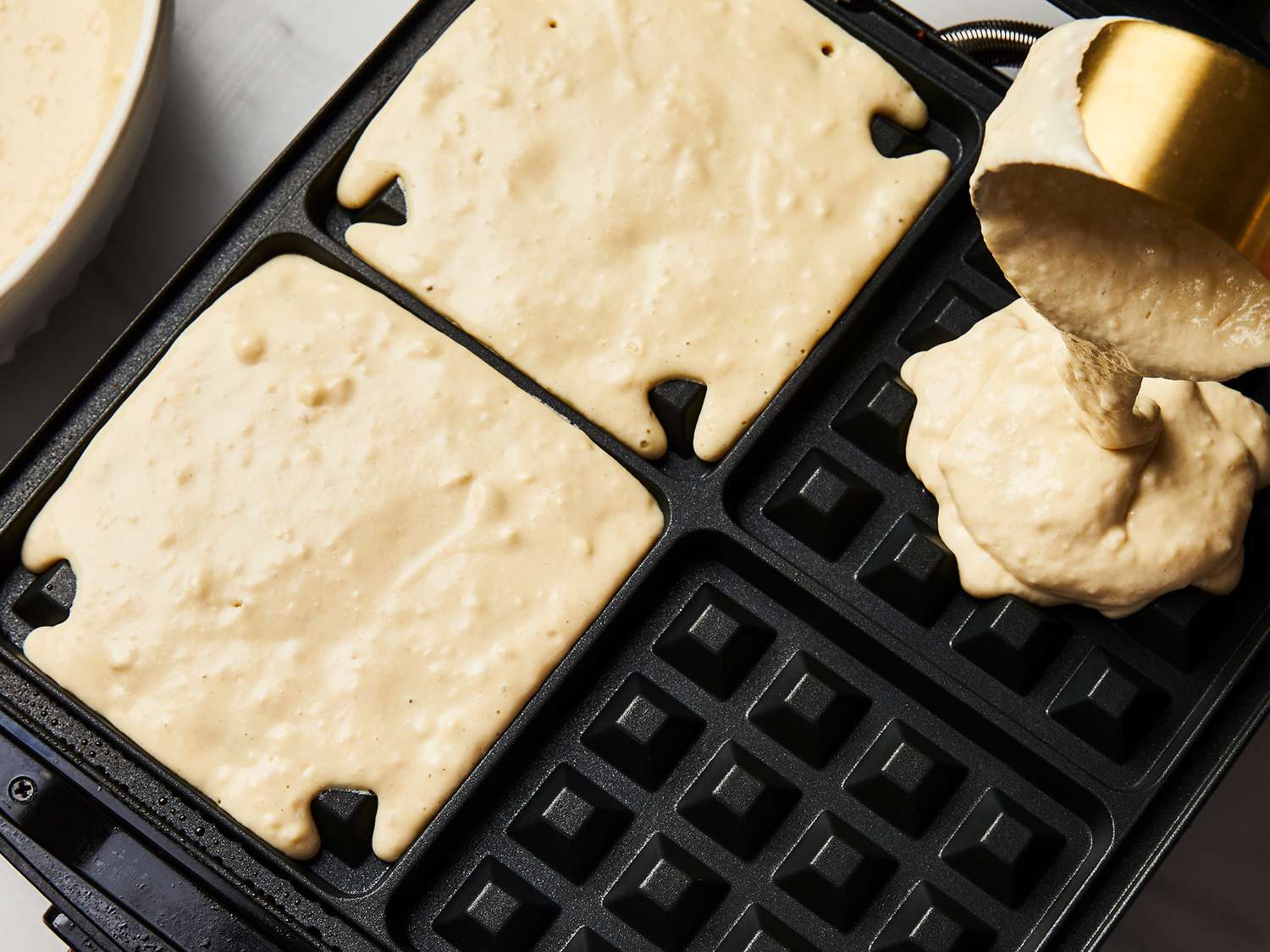
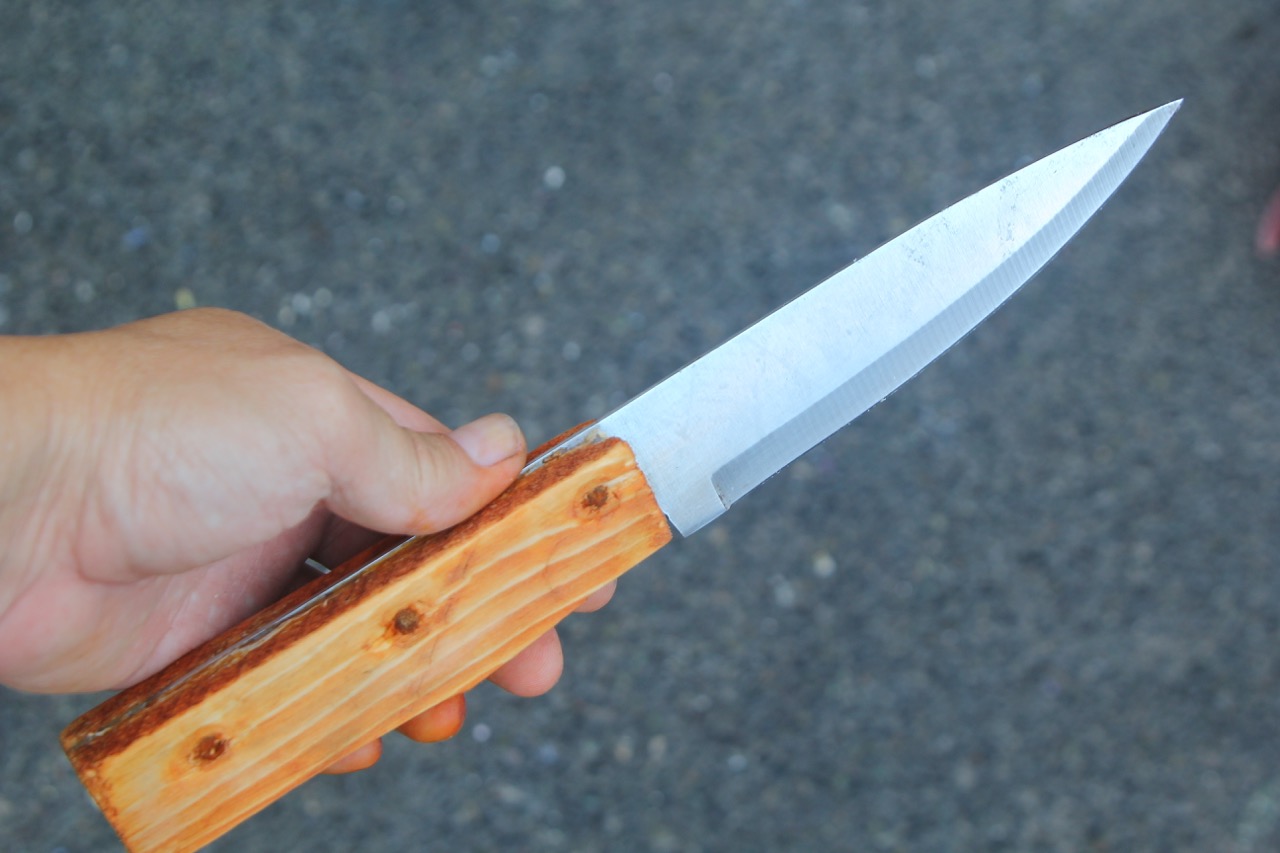
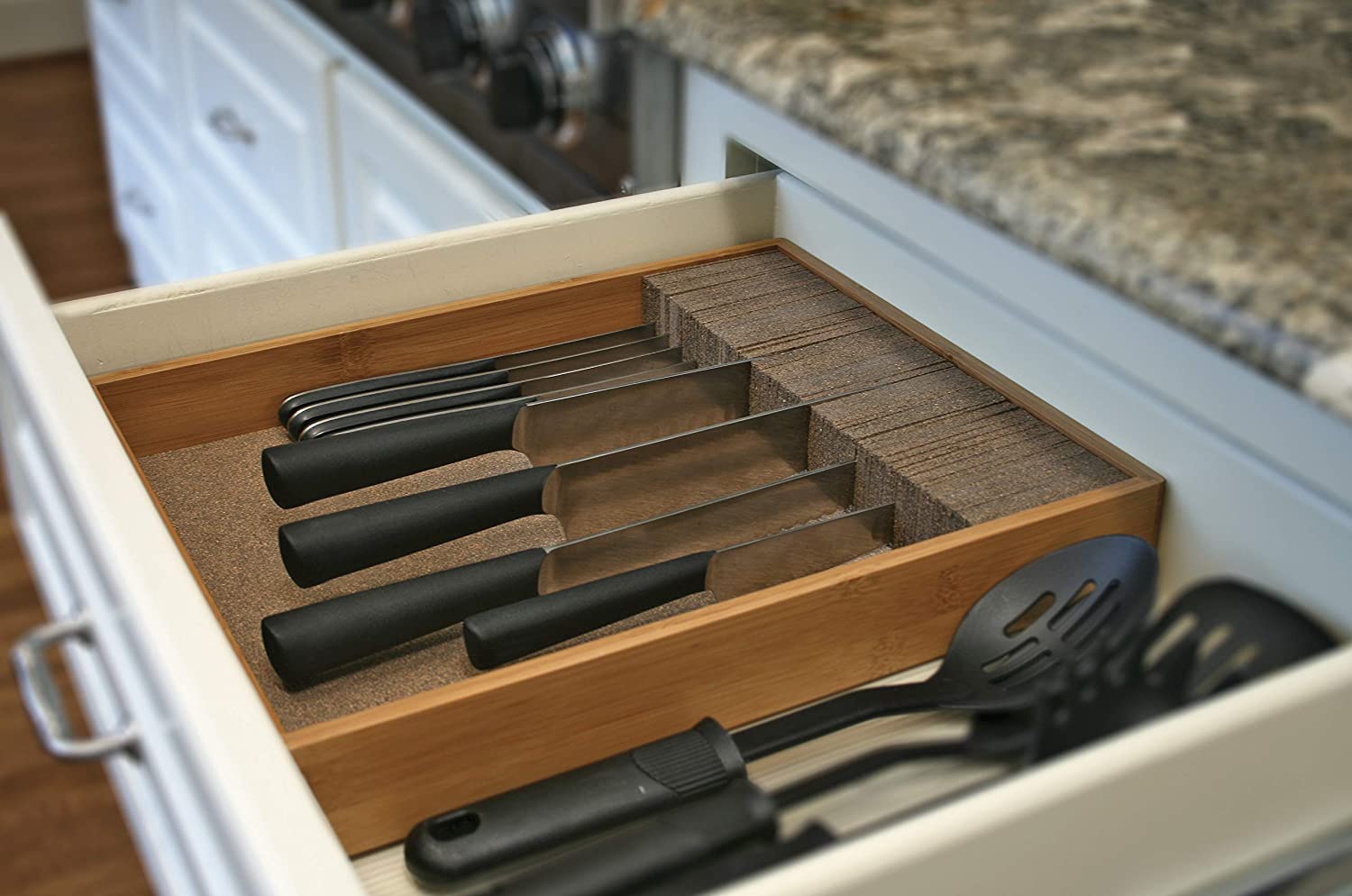
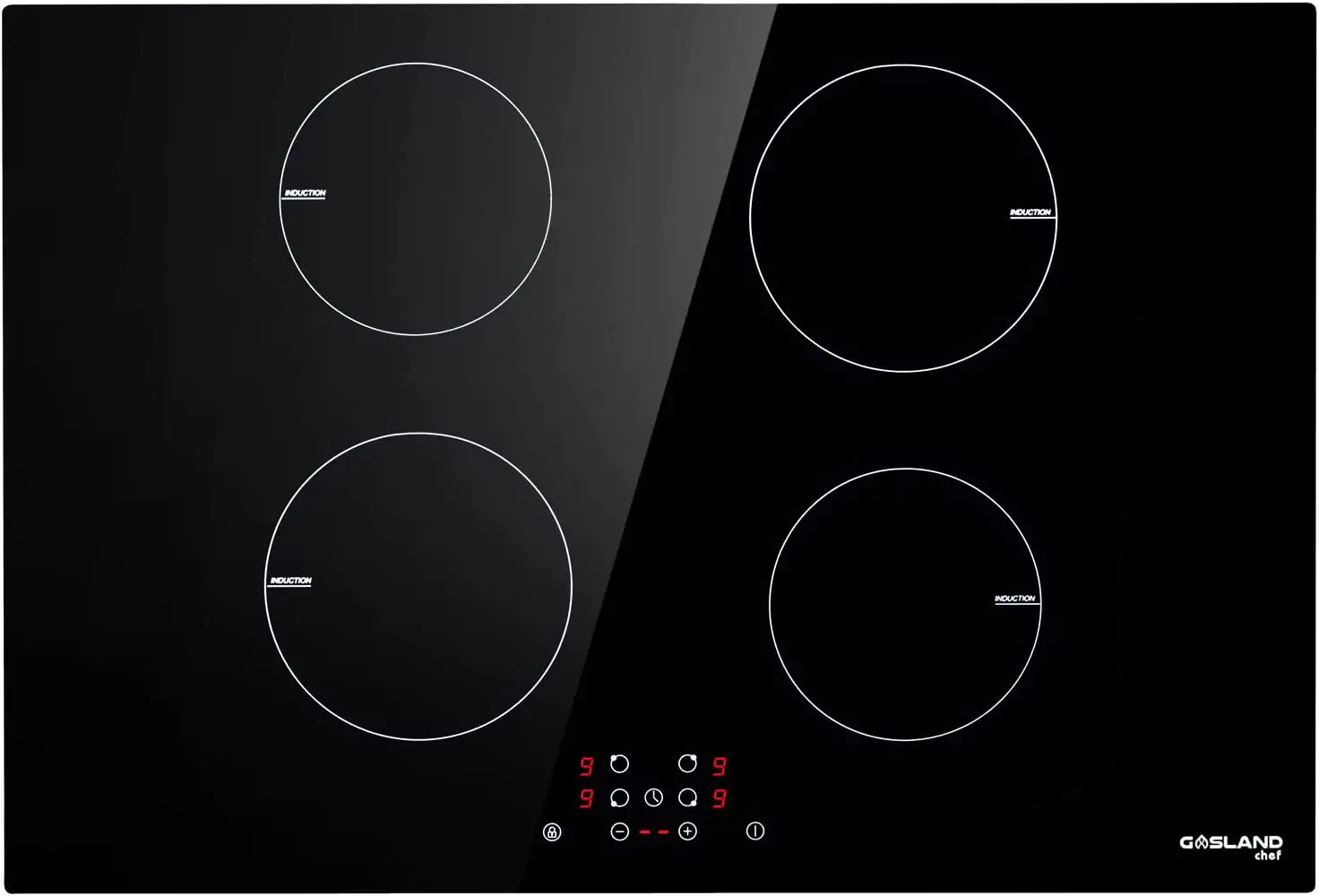
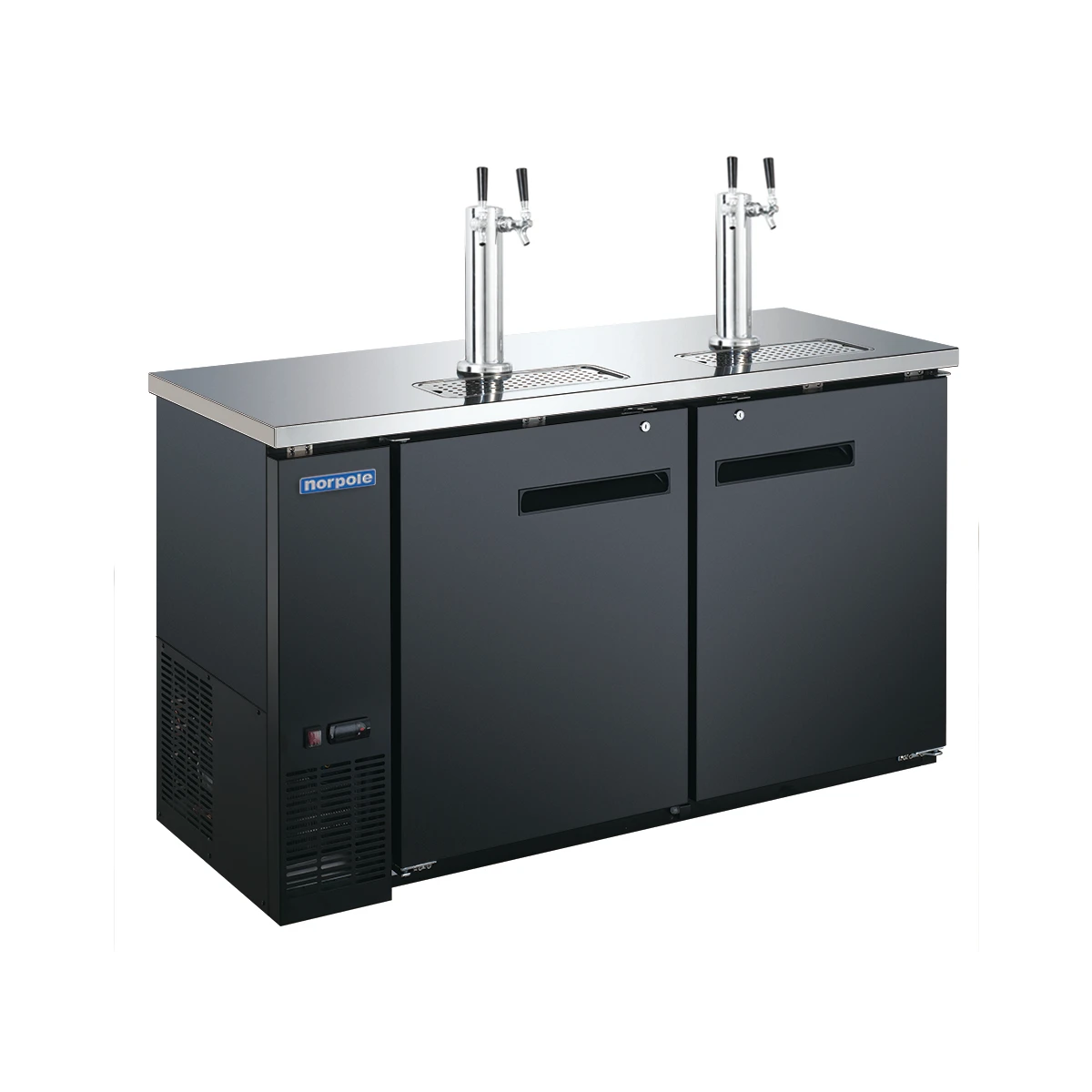
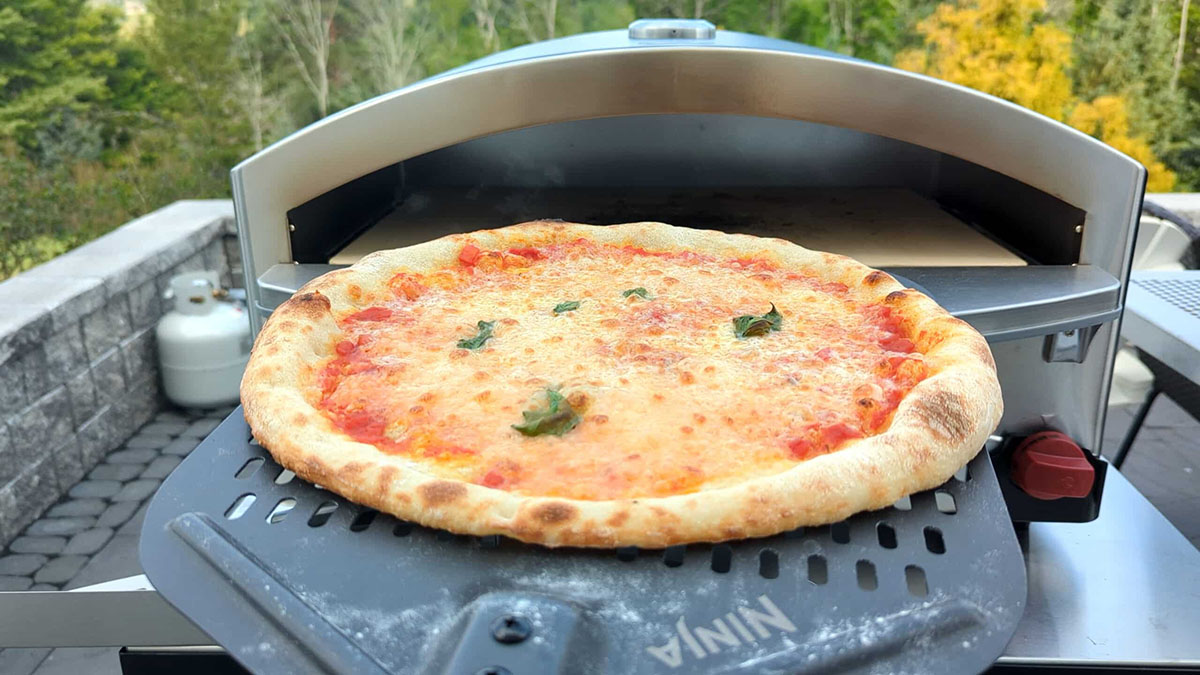
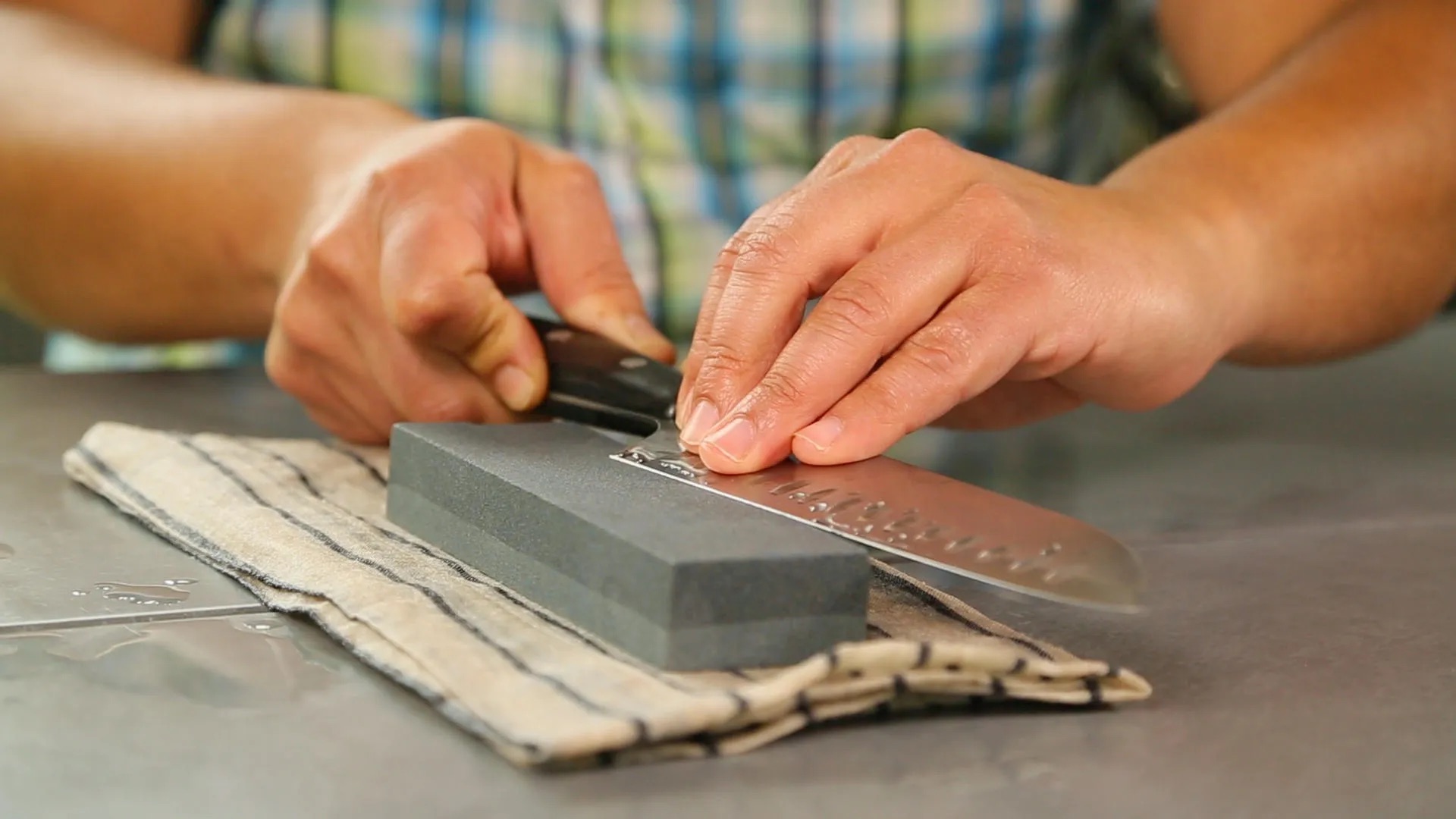
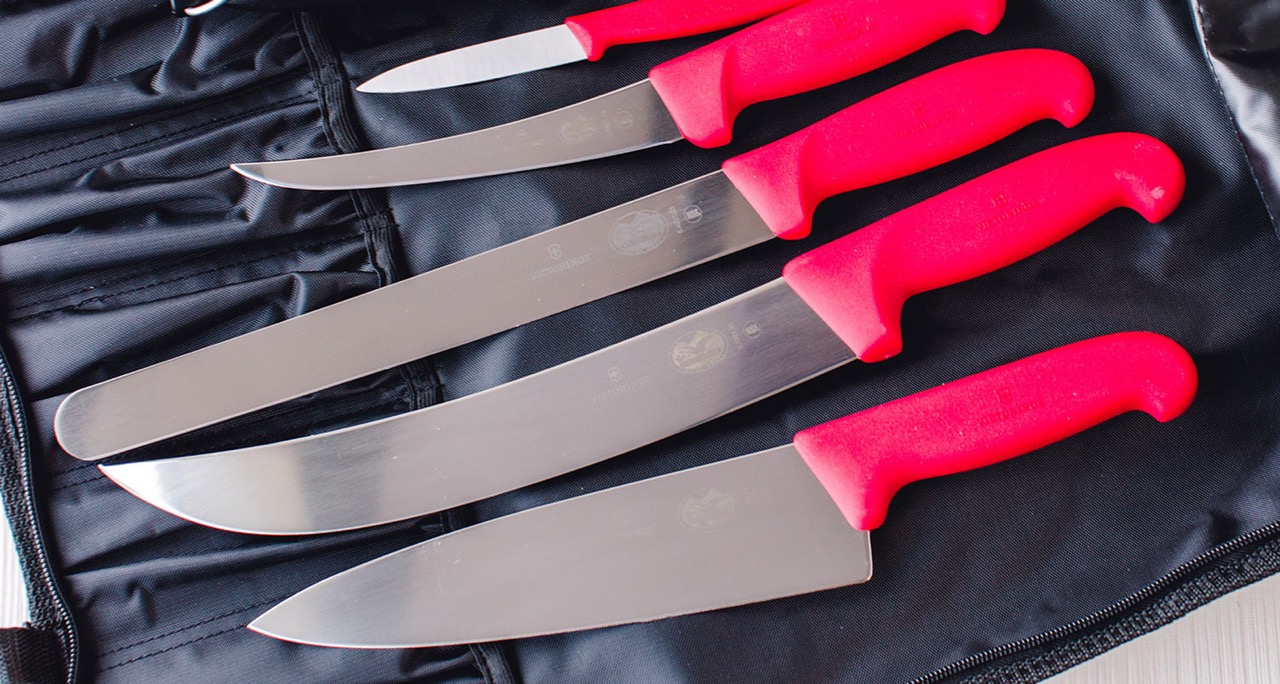
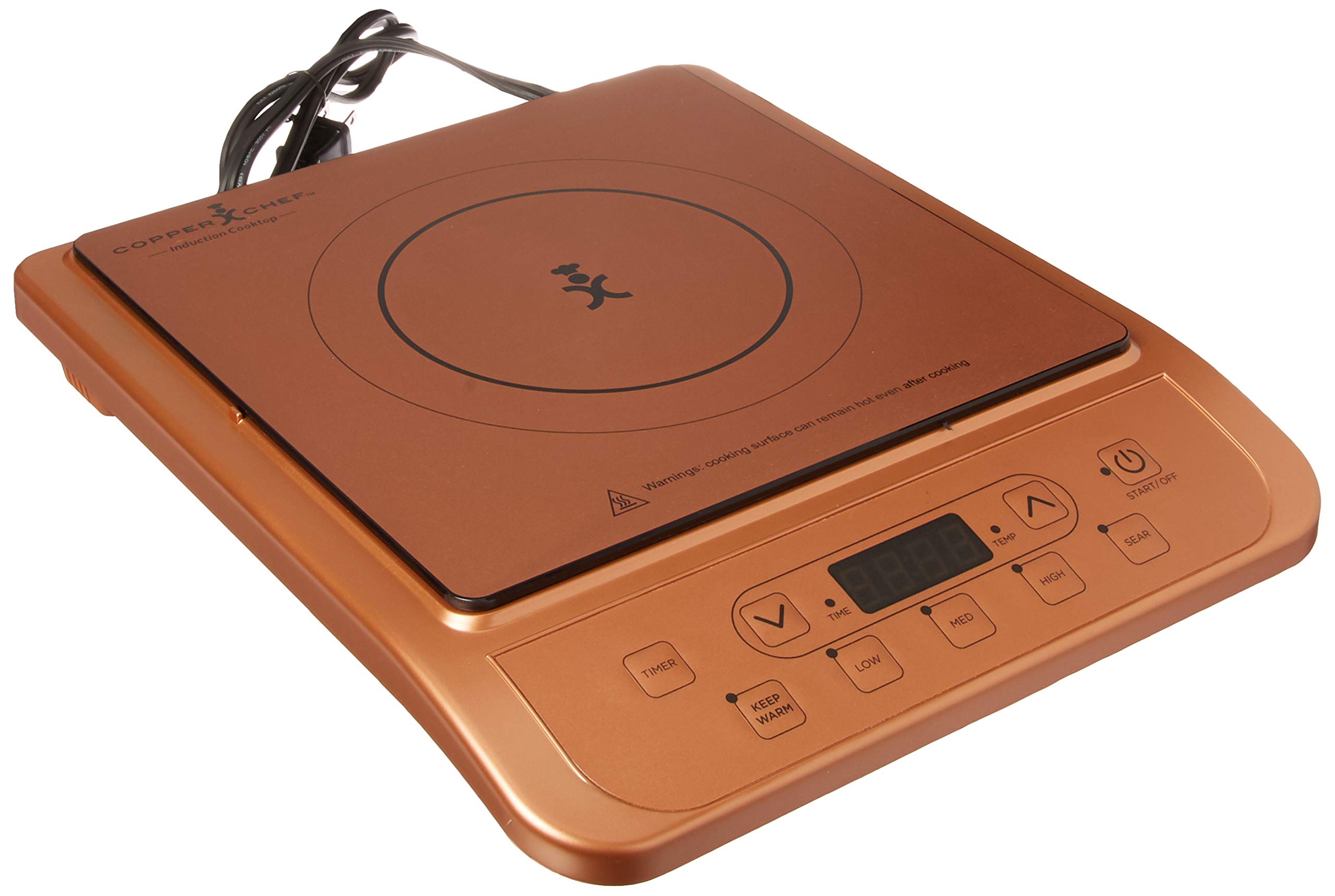
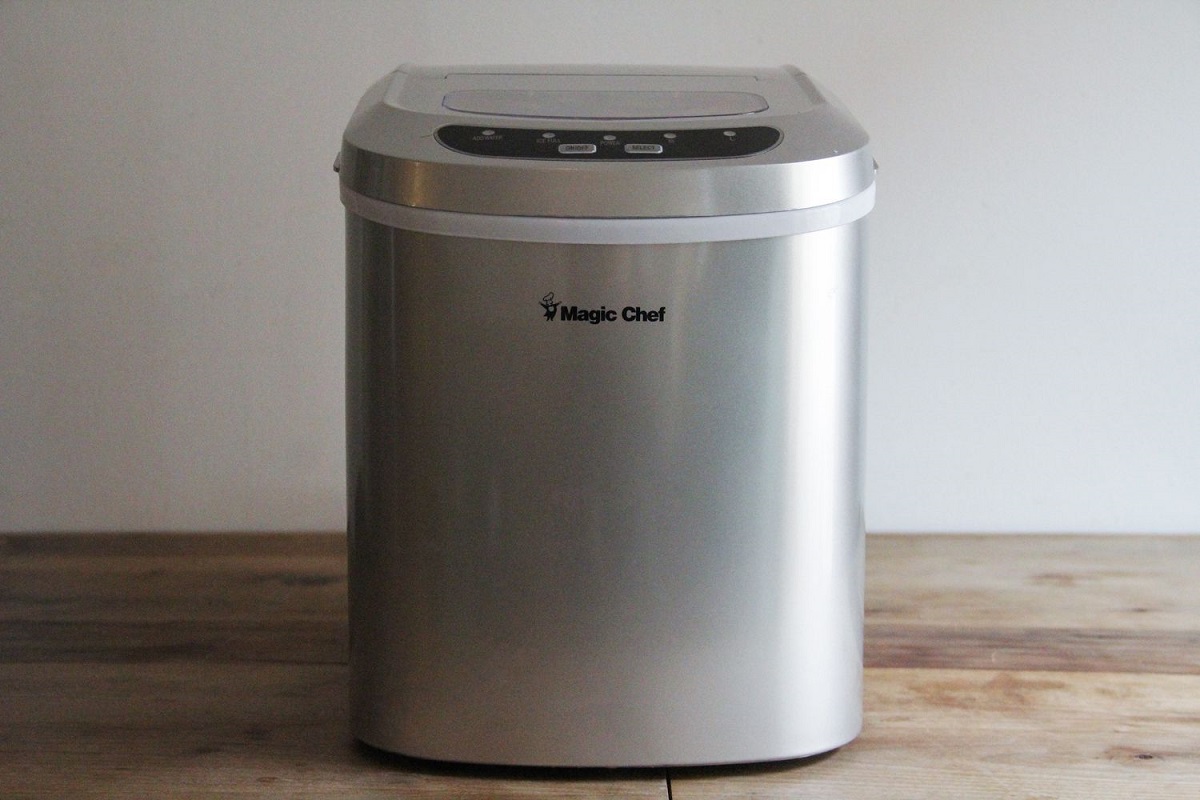

0 thoughts on “How To Store Chef Knife”